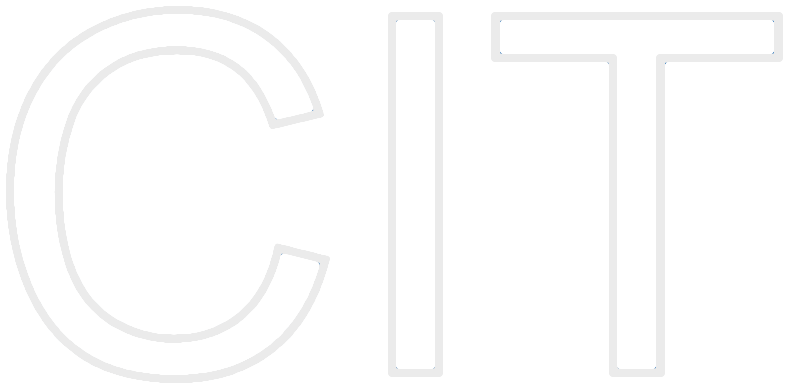Chapter 4: Requirements Elicitation
 |
|
Abstract
A requirement is a feature that the system must have or a constraint that it must satisfy to be accepted by the client. Requirements engineering aims at defining the requirements of the system under construction. Requirements engineering includes two main activities; requirements elicitation, which results in the specification of the system that the client understands, and analysis, which results in an analysis model that the developers can unambiguously interpret. Requirements elicitation is the more challenging of the two because it requires the collaboration of several groups of participants with different backgrounds. On the one hand, the client and the users are experts in their domain and have a general idea of what the system should do, but they often have little experience in software development. On the other hand, the developers have experience in building systems, but often have little knowledge of the everyday environment of the users.
Scenarios and use cases provide tools for bridging this gap. A scenario describes an example of system use in terms of a series of interactions between the user and the system. A use case is an abstraction that describes a class of scenarios. Both scenarios and use cases are written in natural language, a form that is understandable to the user.
In this chapter, we focus on scenario-based requirements elicitation. Developers elicit requirements by observing and interviewing users. Developers first represent the user?s current work processes as as-is scenarios, then develop visionary scenarios describing the functionality to be provided by the future system. The client and users validate the system description by reviewing the scenarios and by testing small prototypes provided by the developers. As the definition of the system matures and stabilizes, developers and the client agree on a requirements specification in the form of functional requirements, nonfunctional requirements, use cases, and scenarios.

